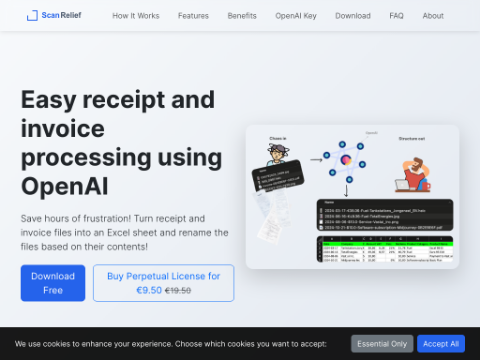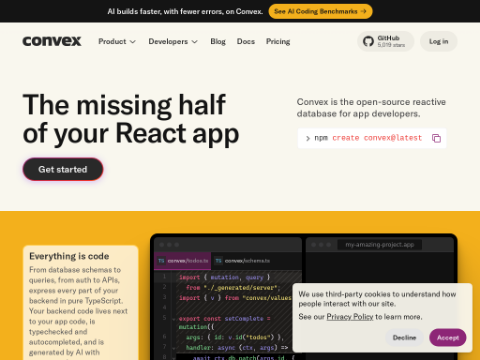Recently, researchers have developed a new artificial intelligence algorithm called Torque Clustering. This algorithm significantly enhances the ability of AI systems to learn autonomously and identify data patterns without human input.
Torque Clustering aims to emulate natural intelligence, bringing it closer to human learning methods compared to existing approaches. It strengthens the AI's capability for independent learning and pattern recognition in datasets without any manual intervention. The algorithm is designed to efficiently analyze large datasets across various fields such as biology, chemistry, astronomy, psychology, finance, and medicine. By uncovering hidden patterns, it provides valuable insights, such as detecting disease trends, identifying fraudulent activities, and understanding human behavior.
According to Distinguished Professor CT Lin from the University of Technology Sydney (UTS), animals in nature learn through observation, exploration, and interaction with their environment without explicit instruction. The next wave of artificial intelligence—unsupervised learning—aims to mimic this learning process.
Currently, almost all AI technologies rely on supervised learning, a method that requires humans to label vast amounts of data with predefined categories or values to train AI systems for prediction and relationship discovery. However, supervised learning has many limitations. Data labeling is costly, time-consuming, and often impractical for complex or large-scale tasks. In contrast, unsupervised learning does not require labeled data and can reveal inherent structures and patterns within datasets.
A paper detailing the Torque Clustering method has been published in the prestigious IEEE Transactions on Pattern Analysis and Machine Intelligence journal. The Torque Clustering algorithm outperforms traditional unsupervised learning methods and could represent a potential paradigm shift. It operates fully autonomously, requires no parameter settings, and processes large datasets with extremely high computational efficiency.
The algorithm has undergone rigorous testing on 1,000 different datasets, achieving an average Adjusted Mutual Information (AMI) score of 97.7%. In comparison, other state-of-the-art methods typically score around 80%.
What sets Torque Clustering apart is its foundation on the concept of torque from physics, enabling it to autonomously identify clusters and seamlessly adapt to various types of data, including different shapes, densities, and noise levels. Lead author Dr. Jie Yang stated that the algorithm was inspired by the torque balance in gravitational interactions during galaxy mergers, based on two fundamental properties of the universe: mass and distance. This connection to physics adds significant scientific meaning to the method.
Torque Clustering holds promise for advancing general artificial intelligence, particularly in robotics and autonomous systems, aiding in optimizing motion, control, and decision-making. It is expected to redefine the landscape of unsupervised learning and pave the way for truly autonomous artificial intelligence. Currently, the open-source code for the algorithm is available for researchers to use.








